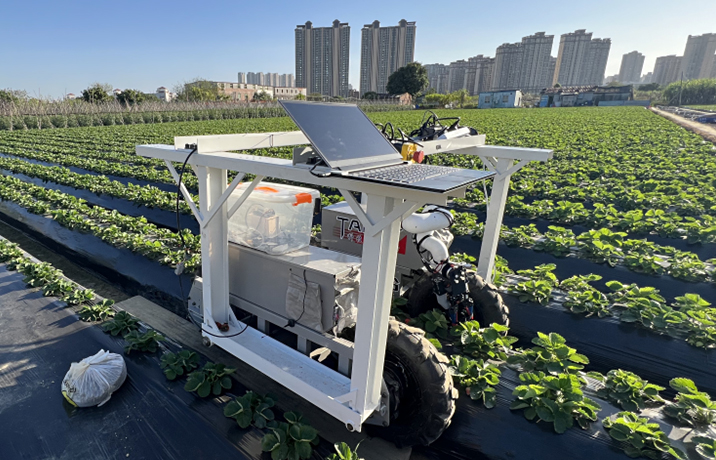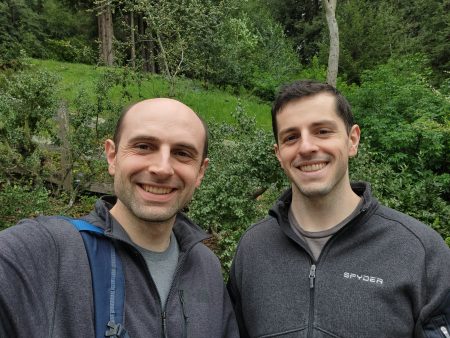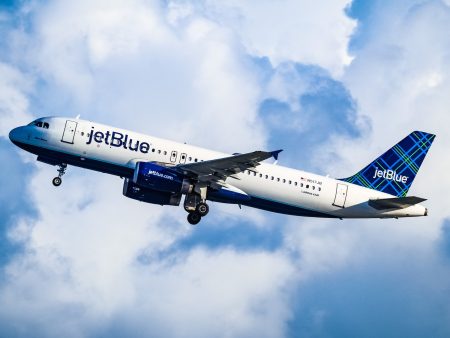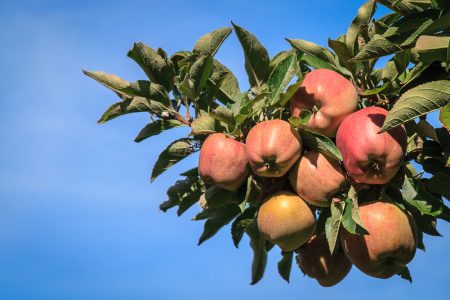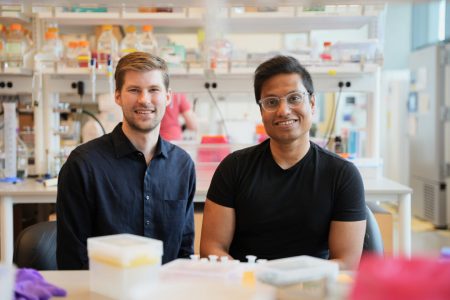The Gentle Touch: How AI Robots Are Revolutionizing Strawberry Harvesting
In the lush strawberry fields across America, a quiet revolution is taking place. Washington State University researchers have developed a sophisticated robotic harvester that may forever change how we gather one of our most delicate fruits. The challenge has always been deceptively complex—strawberries hide beneath leafy canopies, bruise easily, and require a gentle touch that machines typically lack. But this new robot combines artificial intelligence with innovative hardware solutions to overcome these obstacles, potentially addressing the agricultural industry’s growing labor shortage. The system, which uses soft silicone grippers and a clever fan mechanism to blow leaves aside, successfully harvested nearly 75% of ripe strawberries during field trials in Huizhou, China. While taking about 20 seconds per berry—slower than human pickers—the technology represents a significant breakthrough in a field where automation has struggled to gain traction.
The breakthrough comes at a critical time for American agriculture. Strawberry farming has historically relied on intensive manual labor, with workers hunched over rows for hours, carefully selecting and picking ripe berries without damaging them. But as labor costs rise and fewer workers choose farm work, growers face mounting pressure to find alternatives. Previous attempts at automation primarily focused on greenhouse or table-top growing systems, where fruit hangs conveniently below the plant canopy. The WSU team tackled the more challenging but common scenario of open-field cultivation, where berries are frequently hidden from view. Lead author Zixuan He, now a postdoctoral researcher at Aarhus University in Denmark, acknowledges the technology’s current limitations: “Right now, it won’t totally replace manual labor, but it could be a very promising supplement when you don’t have enough people in the field.” This practical perspective acknowledges both the robot’s potential and its current constraints.
What makes this robotic harvester particularly innovative is its multi-faceted approach to the harvesting challenge. At its core, an AI-powered vision system trained with deep learning models enables the machine to identify ripe berries and calculate the optimal approach path—essentially mimicking the decision-making process of experienced human pickers. The robot then employs soft, silicon “fingers” designed specifically to handle strawberries with care, avoiding the bruising that would render the fruit unsellable. Most remarkably, the system incorporates air tubes positioned near the grippers that gently blow leaves aside to reveal hidden berries. This represents the first field-scale demonstration of using airflow rather than mechanical manipulation to access obscured fruit, achieving a 16% improvement in harvesting success compared to trials without the fan system. The integration of these technologies demonstrates how intelligent algorithms can enhance physical tools in unpredictable, natural environments.
Looking at practical applications, the researchers project that a fleet of 10 robots with four arms each could harvest approximately 300,000 strawberries in 43 hours—a capacity that could significantly supplement human labor during peak seasons or labor shortages. While slower than human workers, the robots could operate continuously, potentially working through nighttime hours when temperatures are cooler and harvesting conditions are optimal for delicate berries. Moreover, the researchers suggest their approach could be adapted for other challenging crops like grapes, which present similar difficulties with visibility and delicate handling requirements. The study, titled “Improving picking efficiency under occlusion: Design, development, and field evaluation of an innovative robotic strawberry harvester,” represents a collaborative effort between American and Chinese researchers, including scientists from South China Agricultural University Guangzhou and Cornell University.
This strawberry-picking robot emerges as part of a broader agricultural technology revolution taking root in the Pacific Northwest. The region has become a hotbed for agtech innovation, with companies addressing various farming challenges through robotics and artificial intelligence. British Columbia recently saw a startup specializing in mushroom-picking robots secure $40 million in funding. Meanwhile, Seattle-area firms Carbon Robotics and Aigen are deploying field robots that identify and eliminate weeds using lasers or mechanical means, while Idaho’s TerraClear has developed machines to clear rocks from farmland. These innovations collectively point toward a future where intelligent machines work alongside human farmers to address labor shortages, reduce physical strain on workers, and potentially decrease chemical usage through precision agriculture techniques.
The implications of this technology extend far beyond strawberry fields. As agricultural robots become more sophisticated and capable of handling delicate tasks, we may witness a fundamental shift in how food is produced. For consumers, this could mean more consistent availability of fresh produce at stable prices, even as traditional labor pools shrink. For farmers, robotics offers a potential solution to one of their most pressing challenges—finding enough workers during critical harvest periods. And for agricultural workers, the rise of harvesting robots might gradually shift job opportunities toward robot operation, maintenance, and oversight roles requiring technical skills rather than physical labor. The WSU strawberry harvester, with its gentle fan system and delicate silicon fingers, represents not just a technological achievement but a glimpse into agriculture’s evolving future—one where artificial intelligence and robotics help ensure food security while potentially creating new types of agricultural careers.





